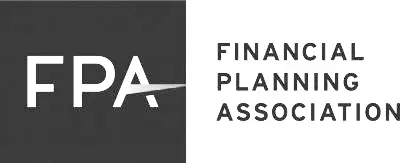
If you think back to your childhood, what were the biggest influences on how your view of money developed?
If you’re anything like me, this question triggers memories of the struggle between saving my hard-earned allowance and spending it on the newest pack of baseball cards in hopes of obtaining the rare 1989 Ken Griffey Jr. Upper Deck rookie card.
Since my wife and I just welcomed our first child into the world, I thought I would share some of the conversations that have been taking place at our house regarding how we plan to teach our daughter about money.
We know from listening to other parents that teaching kids about how to handle money is one of the bigger challenges parents face.
Whether it is rewards for good grades or allowances for mowing the grass, the ability to spend that income develops quite naturally with young children.
So what are the key points to teach our children about the importance of saving vs. spending more than they earn? Here’s a few we plan to employ…
Somebody’s Watching Me
This was not just a creepy 1980’s song by Rockwell, it’s really a phrase that describes how your kids are likely that somebody. They are learning from our actions whether we like it or not.
One of the best ways to teach sound money management is by actually using a budget to manage the family finances. In addition to keeping the numbers updated, making a point to openly discuss where we are spending our money demonstrates how to be accountable for our decisions.
Using a budget also teaches how to delay gratification if money is not yet earned. By communicating openly and explaining the why behind our money decisions, children can pick up lessons along the way.
Several examples include pointing out the unit cost of items in the grocery store, explaining your net pay vs. your gross pay and discussing the percentages you are giving and saving. Volunteer work can be a great way to demonstrate the benefits of giving your time while also validating that rewards that aren’t monetary can be just as fulfilling.
Value vs. Quantity
Other lessons that get lost in the money conversations is teaching our children the true value of an item. By taking care of the things they already have, children can prolong the life of a toy which decreases the need to make an extra purchase to replace due to wear and tear.
Kids also can learn by making things instead of purchasing them. Going through this exercise teaches young children how to use their imaginations and also how to be resourceful with the things they already have.
Experiences = Life Lessons
One of the best ways for anyone to learn a truth is by making a mistake.
Kids need to have the freedom to make mistakes because of their own decisions so that it creates teachable moments for parents.
One tool, that does a nice job of creating these situations is the Money Savvy Pig. By putting this tool to use, kids learn about the opportunity cost of a dollar. They can place money in the save, spend, donate or invest section of the bank. Therefore, if they choose to save a dollar, that dollar can no longer be spent, given or invested.
We’d love to hear your input. What are some of the successful methods you’ve used to teach your children about how to handle money?





